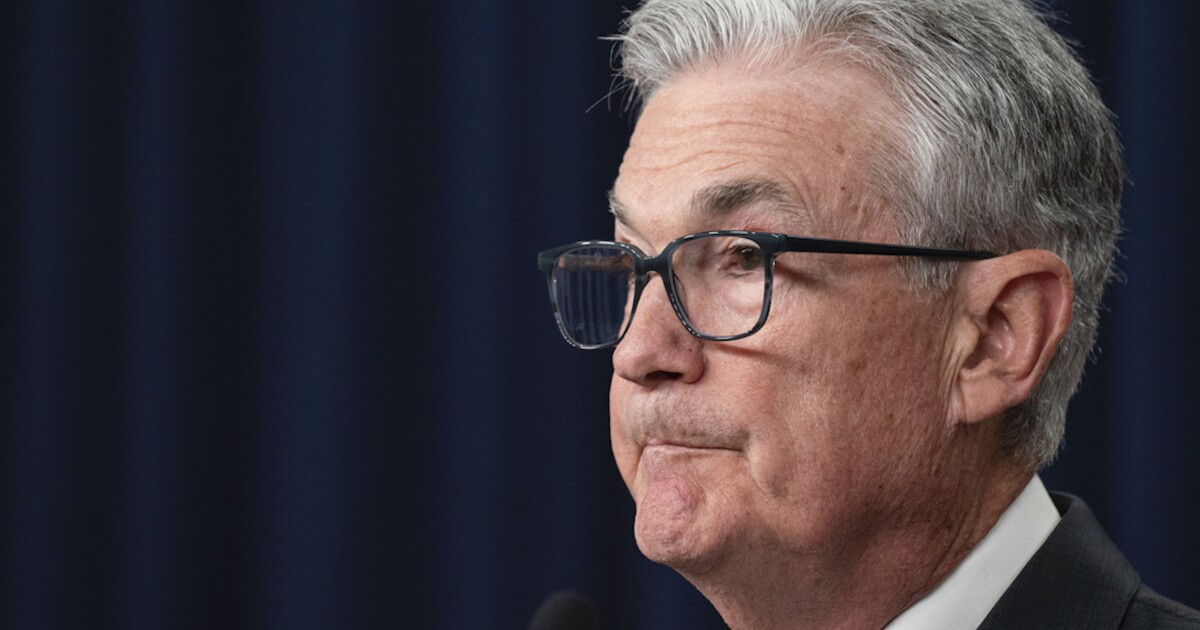

Inflation ticked up to a 3.3% annual rate in July, as measured by the gauge favored by the Federal Reserve.
The increase in the personal consumption expenditures price index reported Thursday morning by the Bureau of Economic Analysis tracks other readings that show inflation increased slightly last month amid the Fed’s campaign to slow it by hiking interest rates.
The latest report shows inflation is still above the central bank’s goal of 2% annual price growth, a bit of bad news for the economy and for the Biden administration, which has recently touted other positive economic developments as proof that his “Bidenomics” agenda is working.
RETAIL THEFT DELIVERS AN ECONOMIC BLOW FOR COMPANIES AND COMMUNITIES
Core PCE inflation, a measure of inflation that strips out energy and food prices and is generally less volatile, is clocking in at a too-high 4.2% year-over-year rate.
This latest PCE news comes after June’s inflation reports showed declines that were more pronounced than many economists had expected.
While PCE is the Fed’s preferred inflation gauge, the more commonly cited headline number is the consumer price index. Inflation was clocking in at 3.2% in July, according to the CPI.
Inflation has fallen greatly from its peak last summer as the central bank hiked rates, and despite the aggressive tightening, other economic indicators have held up surprisingly well. For instance, gross domestic product growth has remained positive, even though rate hikes usually drive down GDP growth.
Economic growth increased at a 2.1% annual rate in the second quarter of this year, according to the government’s latest GDP estimates released this week. That follows a first quarter that featured 2% expansion — good news for the economy.
CLICK HERE TO READ MORE FROM THE WASHINGTON EXAMINER
The labor market has remained strong as well, although it is starting to show signs of slowing. The economy added 187,000 jobs in July, and the unemployment rate inched down to an ultra-low 3.5%.
Still, this week’s release of the Job Openings and Labor Turnover Survey showed the number of job openings decreased to 8.8 million in July, the lowest that number has been in more than two years.





